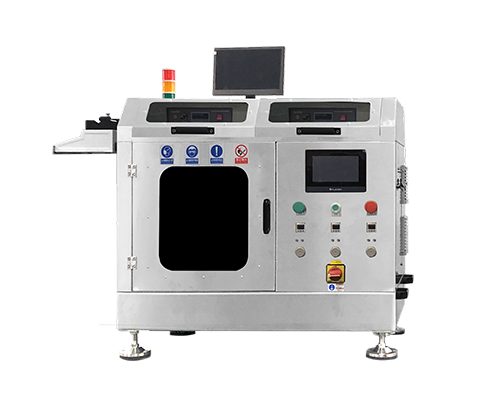Anticoagulant Coatings
Anticoagulant coatings can effectively reduce the risk of thrombus formation on the surface of blood-contacting medical devices.
Anticoagulation coating strategies can be divided into two categories: “inert” and “active”. Since different anticoagulant strategies have different mechanisms of action and anticoagulant mechanisms, the detection methods for in vitro pre-evaluation of anticoagulant performance are also different.
Inert anticoagulant coatings (such as phosphorylcholines) mainly inhibit the activation of the coagulation system by reducing the plasma protein adsorption and blood cell adhesion on the surface of the material. Therefore, in vitro protein adsorption test and platelet adhesion test are usually used to preliminarily evaluate the anticoagulant performance of inert coatings. The protein adsorption test usually selects fibrinogen, a key protein in the coagulation system, and the test methods include isotope labeling, fluorescent labeling, eluate concentration determination (such as BCA method), etc. Platelet adhesion testing can be performed in whole blood or platelet-rich plasma (PRP), followed by scanning electron microscopy (SEM) for morphology and statistical counting, or counting by a hematology analyzer.
The most widely used active anticoagulant coating is heparin coating. Heparin inhibits the activity of coagulation factors such as thrombin and Xa by binding and activating antithrombin III (ATIII) in the blood, thereby blocking the coagulation reaction. The direct manifestation of the inhibition of coagulation factor activity is the prolongation of coagulation time. Therefore, the most common method for preliminary evaluation of the anticoagulant performance of heparin coating in vitro is to measure the partial thrombin activation time (PTT), and ATIII activity can also be directly measured. In addition, since heparin can be stained by toluidine blue solution, testing of coating integrity, uniformity, and heparin density can be achieved by this method.
Of course, no matter which strategy is used, it is to ultimately reduce the generation of thrombus on the surface of the product. Therefore, a more intuitive and general method is to directly observe the amount of thrombus formed on the surface of the product after contact with whole blood, but this method is not easy to quantify. And there is a certain chance. Reasonable selection of in vitro performance evaluation methods for anticoagulation coatings in the design and development stage will help to efficiently evaluate the feasibility of technical routes and provide more scientific support data for product registration.
About Cheersonic
Cheersonic is the leading developer and manufacturer of ultrasonic coating systems for applying precise, thin film coatings to protect, strengthen or smooth surfaces on parts and components for the microelectronics/electronics, alternative energy, medical and industrial markets, including specialized glass applications in construction and automotive.
Our coating solutions are environmentally-friendly, efficient and highly reliable, and enable dramatic reductions in overspray, savings in raw material, water and energy usage and provide improved process repeatability, transfer efficiency, high uniformity and reduced emissions.
Chinese Website: Cheersonic Provides Professional Coating Solutions</a


